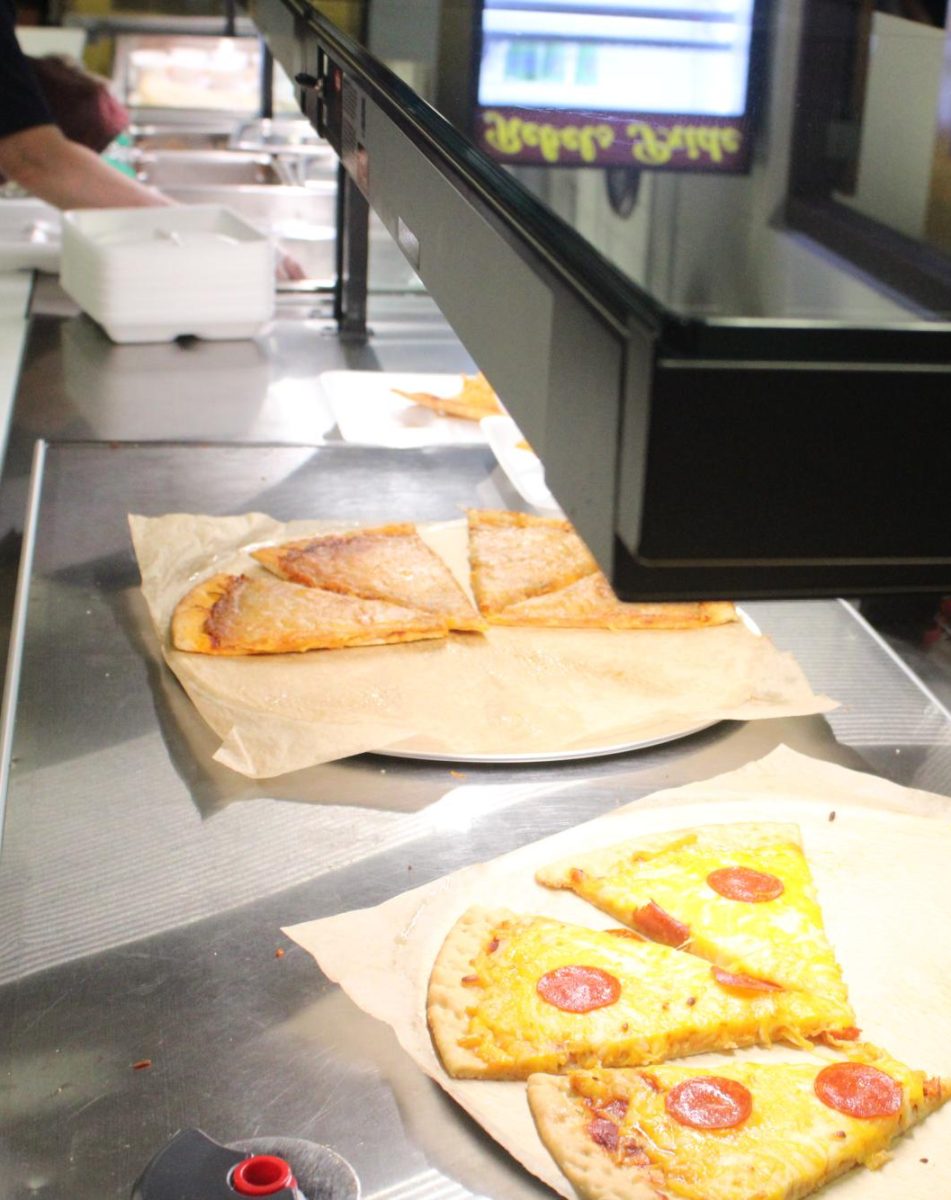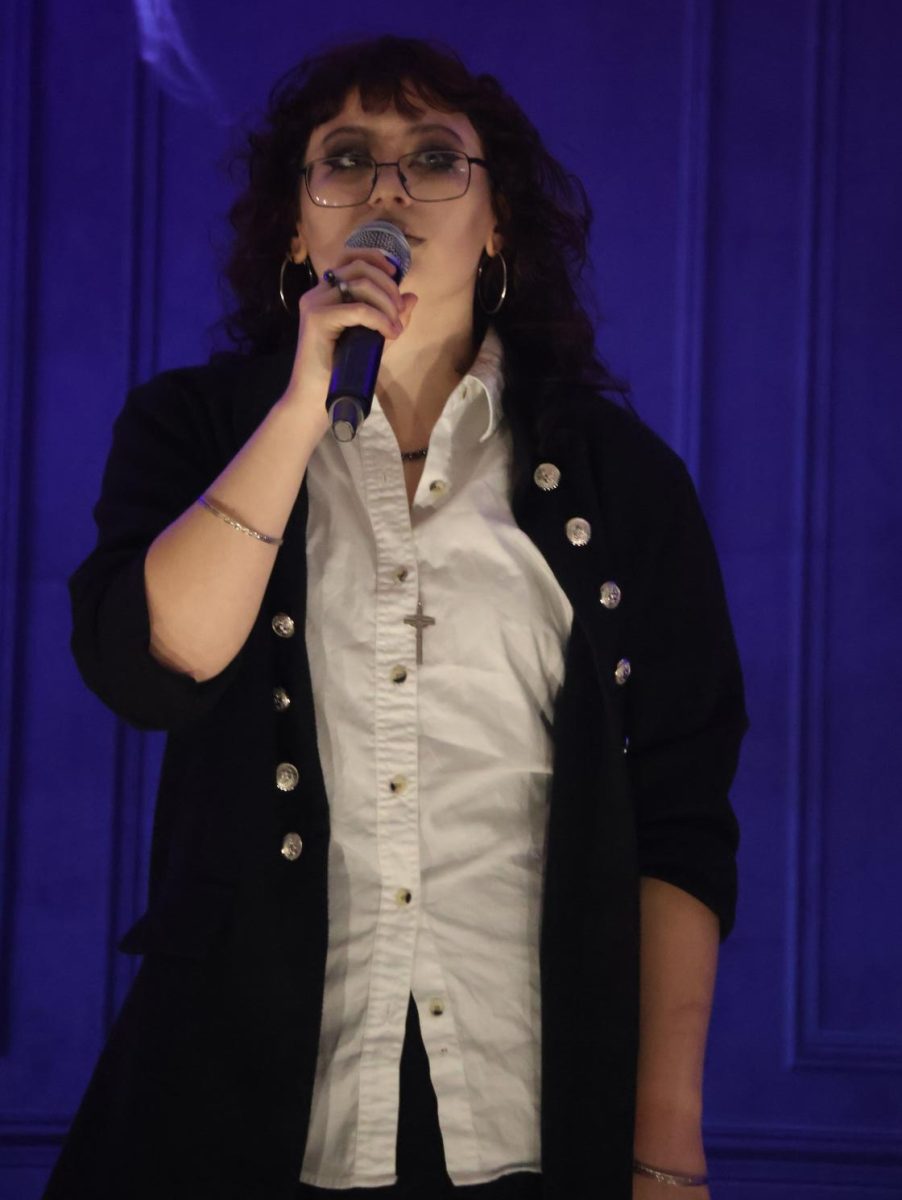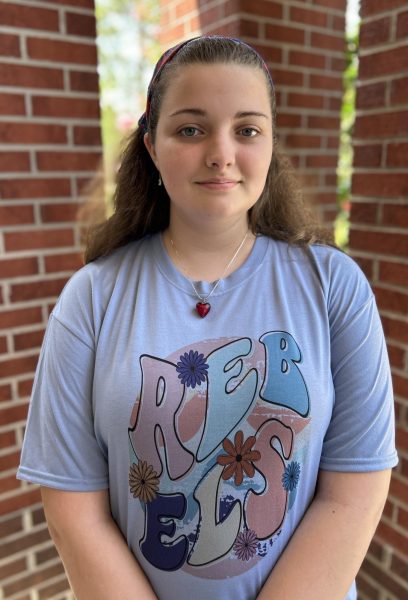As of January 21, high school students who have reached the charge limit of $20 to their lunch accounts were offered an alternative meal option as opposed to a traditional school lunch.
Prior to the Covid-19 pandemic, George County was considered a “Paid District,” meaning that the school lunch program essentially operated as a business, dependent not on federal, state, or district funds, but on selling the lunches to parents and students. When the pandemic swept the globe, like many aspects of a school’s structure, lunches were made free for all students.
This shift, however, was only meant to be temporary until the world and schools could get back on their feet. After four years of free lunches, in the 2024-2025 school year the school became, once again, a paid district, where the cost of each lunch is charged to the student’s account.
“With the money we need, we’re able to introduce new food, we’re able to buy fresher, better foods, not just in-a-box foods. We’re able to pay employees their wages. If equipment breaks, we’re able to pay to fix it.” Child Nutrition Director Sarah Crenshaw said. “It’s just necessary that we make our own money.”
The transition soon became an issue as multiple accounts went directly into the negatives as a result of not having funds deposited into them. The collective debt of all students in the district amounted to over $22,000. As a result, students at the high school over $20 dollars in debt, and students at other schools with over $40, are given a sack lunch with a hoagie, one fruit, one vegetable and a milk, as opposed to traditional, interchanging school lunches.
A combination of this program pushing parents to supply the funds to their students’ account, and the community and beyond stepping up and giving donations, the total debt has decreased to $9,000.
“A lady from Florida saw our post on Facebook and has paid for five kids’ accounts. We have church donations. We’re getting them from everywhere, the community is really stepping up and helping.” Crenshaw said.
The downside is that students in debt lose access to the traditional lunch they’ve grown accustomed to.
“If I could feed everyone, I would.” GCHS Cafeteria Manager Ashley Tanner said.
“Having a kid put down the tray is terrible, I don’t like it at all. It’s not something we want to have to do.” Crenshaw said.
Families who are not economically fit to keep their account maintained can fill out digital lunch forms any time or contact Crenshaw at the district office. This will provide students from different economic backgrounds with a reduced or free price on their lunch.
After implementing the alternative lunches, there was a significant increase in the submission of the forms and aid for students. Overall, the alternative lunches aim to push the families of students to get the balance under control, while still providing lunch for students in debt at a much lower cost to the lunch program.
“We’re not going to let your kids go hungry.” Tanner said.
Parents can visit the My School Bucks website to deposit money.



